Sunset on the Horizon
For-profit businesses close all the time, and the reason is usually pretty straightforward: money. If we’re talking business, nonprofit organizations are no different. Even if an arts organization is not organized to make profit, it must earn or otherwise secure the resources to operate. But what is peculiar to nonprofits is that our discourse around the very nature of their existence is firmly about community value. We don’t do the work to make money; we do it because it makes the world a better place. We rely on that presumption of community value to drive people to take action, whether that manifests as buying a ticket or making a donation.
So when a nonprofit organization cannot secure the resources it needs to operate, it’s easy to live in denial about it. The community need still exists, thus the organization that addresses that need must also continue to exist. We’re so used to making it work with dramatically limited resources, so we expect there to be a way to pull through just over the horizon. This underlying mythology about nonprofits drives the “we must continue” mentality that ultimately means organizations again and again fall apart in crisis. To leaders, both staff and boards of directors, ceasing operations feels like personal failure, when in fact it’s a symptom of the ongoing failure of our society to adequately support critical community services, like providing arts and culture, when their value exists outside the framework of capitalism.
For Patrick’s Cabaret, our business model was broken. Our cashflow projections showed that we were going to go into the red in August later that year, and we weren’t going to come out of it. In the two years since losing the building we were unable to replace the flexible and relatively stable earned income we had once generated through building rentals, and our decreased budget size meant that in the next year we would become suddenly ineligible for continued support from our two largest and most consistent funders. It would take an immediate miracle infusion of sustainable funding we could expect year after year to make the case that the organization could reasonably continue.
When a nonprofit organization cannot secure the resources it needs to operate, it’s easy to live in denial about it.
All of this was happening in a broader context that compounded these challenges. Grantors are less willing to provide general operating support, especially to smaller organizations, so we scrambled to assemble a patchwork series of project grants—many of which would not support our core program producing mainstage cabarets because it wasn’t “new” enough. We diligently grew our individual donor and audience base, but as an organization increasingly serving, and indeed at all levels made up of, communities facing structural barriers in access to resources like time and wealth, more flexible sources of revenue like individual giving and box office sales were not a significant source of income (and had never been, even when we were in the building). The most important factor, in the end, was that leadership (again, both staff and board) were burnt out, a common occurrence for a small nonprofit. This is not about making excuses but instead about disrupting the mythology that has us avoid even confronting the possibility of closure because we conflate personal failure with admitting that an operation is unsustainable.
There are, of course, many reasons that an organization might be confronted with decisions about its continued existence. An organization could be facing the loss (by happy retirement or unhappy circumstances) of a founder or longtime key leader. An opportunity might emerge to shift a keystone program, or the entire organization, into another organization that might better support its activities. An organization might even find that its mission has been accomplished. Regardless of the factors leading to the sunset, it’s important to destigmatize sunsetting because sometimes it is the best option.
Regardless of the factors leading to the sunset, it’s important to destigmatize sunsetting because sometimes it is the best option.

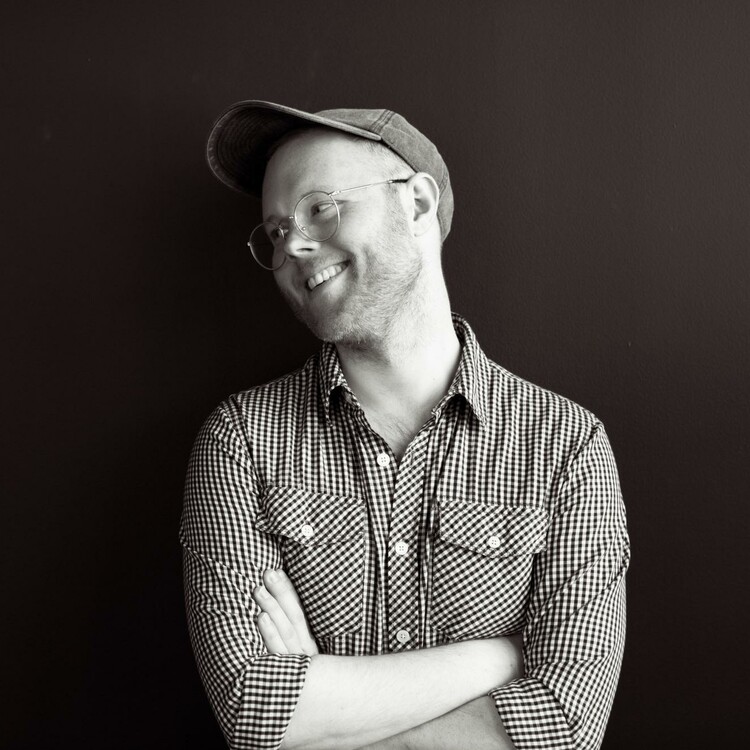
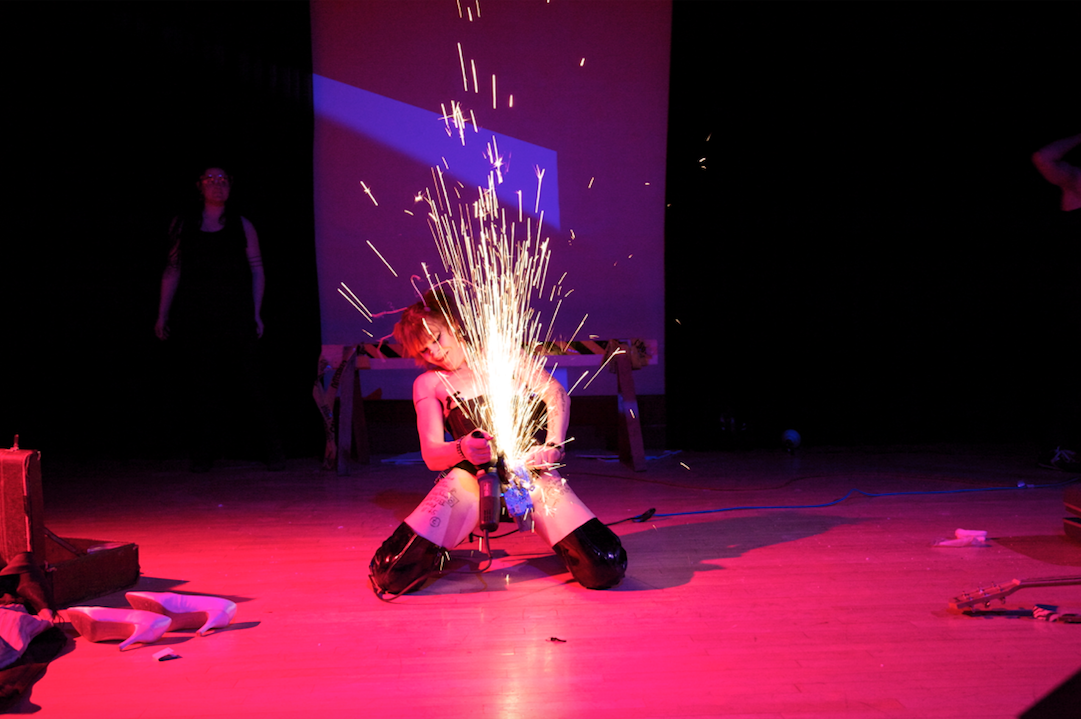
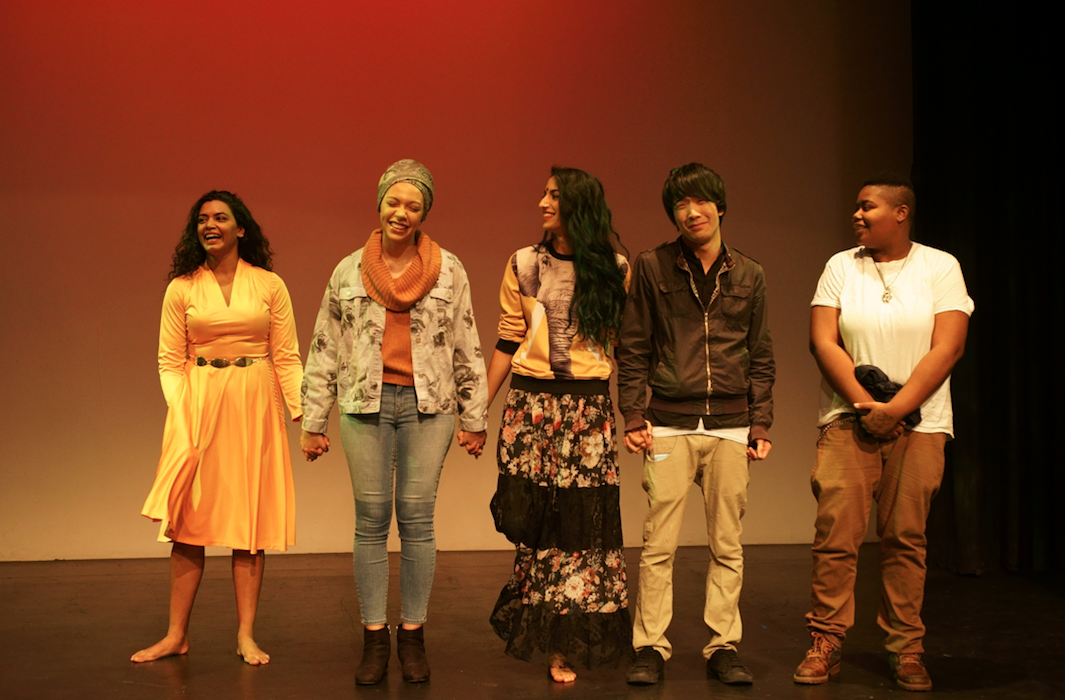
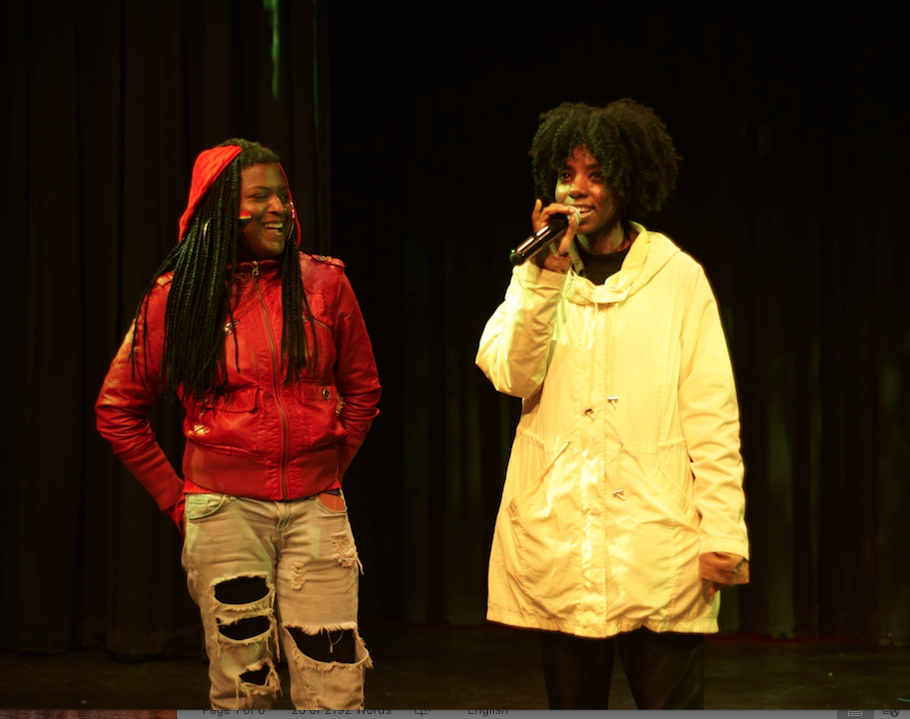
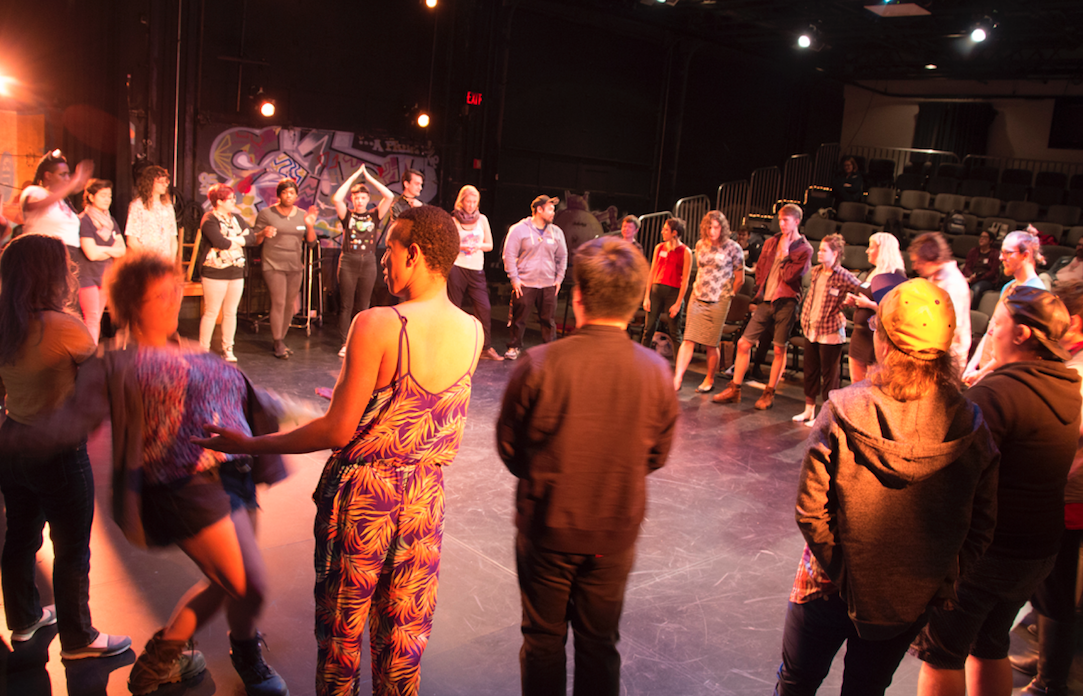
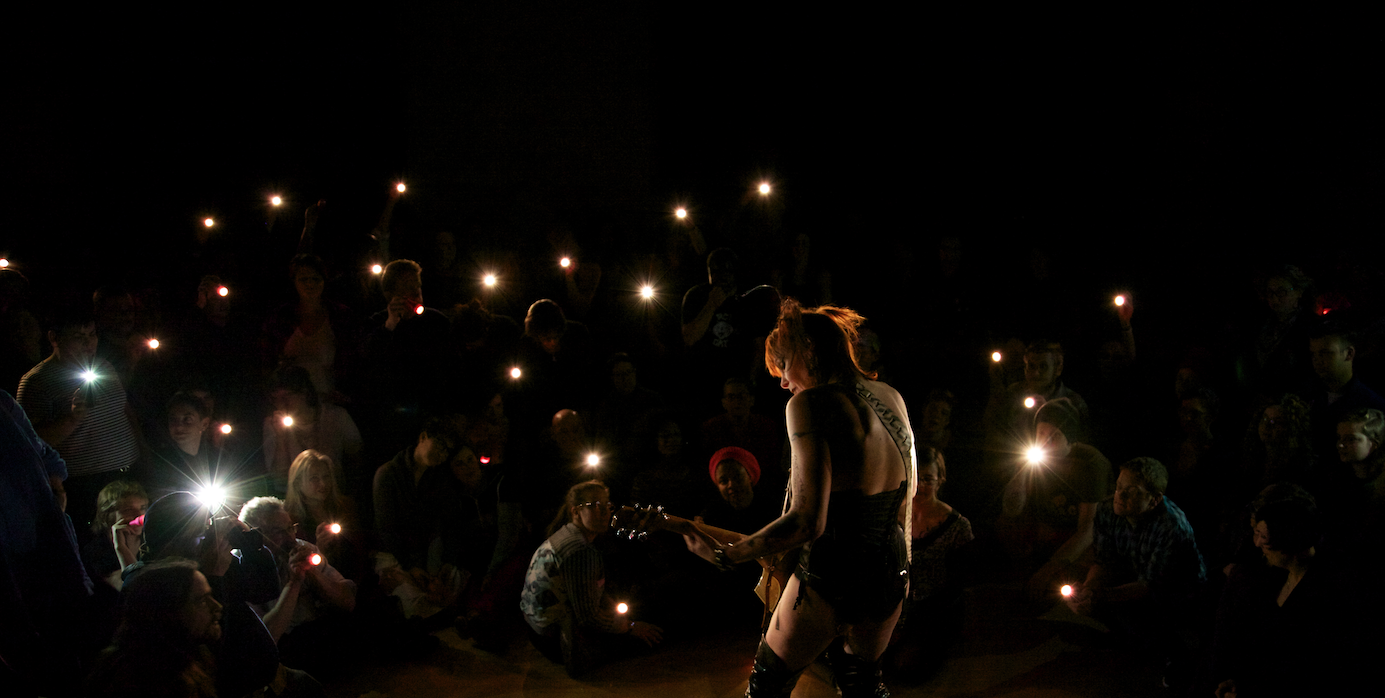
Comments
The article is just the start of the conversation—we want to know what you think about this subject, too! HowlRound is a space for knowledge-sharing, and we welcome spirited, thoughtful, and on-topic dialogue. Find our full comments policy here